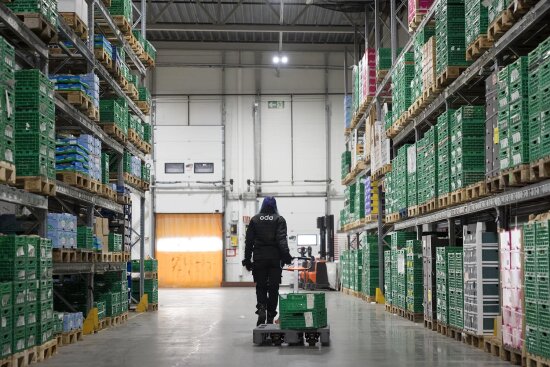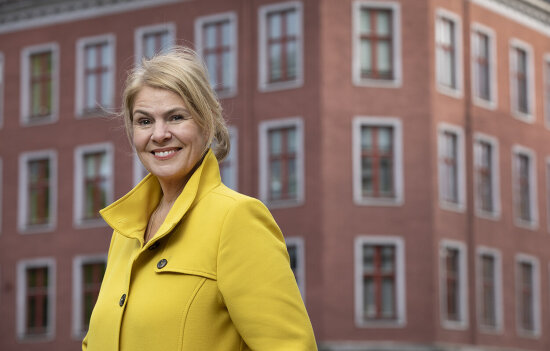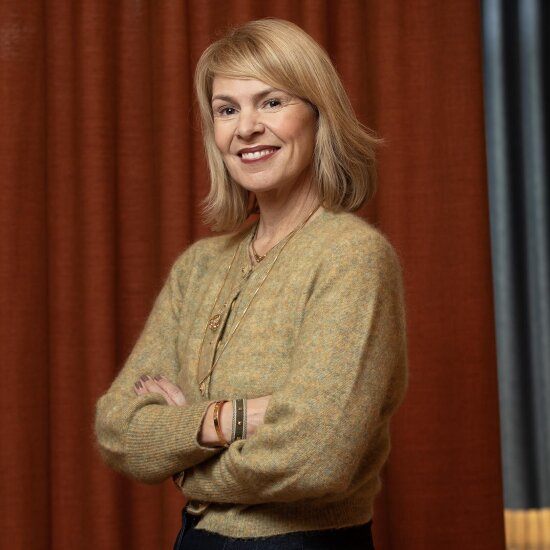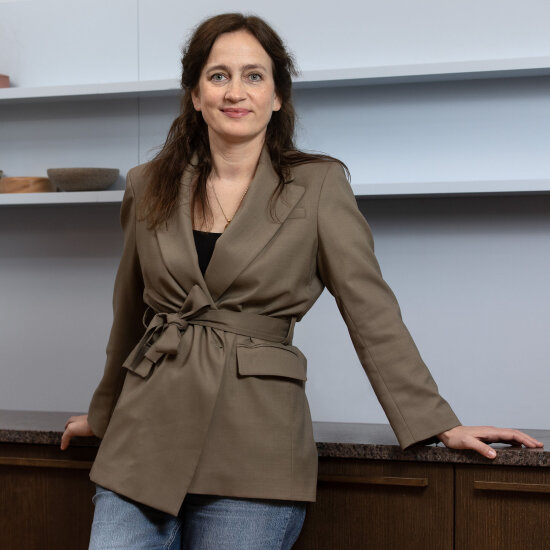“Service design made it easier for us to start from the back – that is, with what we should actually offer the customer. From there, we could work towards solutions to make it work,” says Mike Jones.
He leads the user experience design team at Oda. A cornerstone of Oda’s business model is service design. Through user testing and visualisation, service design aims to create a cohesive service for all types of user journeys, with the user at the centre. This has been a key ingredient in Oda’s recipe for success.
Eight years after its launch, the company can be called a success. In 2013, ten entrepreneurs decided to change the way Norwegians shopped for groceries. Their goal was to make day-to-day life simpler and create Norway’s best grocery shopping experience.
According to the Financial Times, Oda is now one of the fastest-growing companies in Europe. In 2020, its online sales totalled nearly NOK 2 billion and its customer numbers more than doubled. The next step is to expand abroad in Finland and Germany.

Photo: Cameron MacPhail
Design is part of our DNA
Mike believes they’ve succeeded because they’ve struck upon an operations model that works well.
“In a way, service design has become our product development method. It’s part of our DNA and I think that’s important,” he says.
The design team at Oda consists of 25 designers, around half of whom are service designers. Mike believes they benefit from the fact that various design methods have been well integrated into the company from the start.
“Oda isn’t just a software company – we have several levels, and to get everything flowing nicely, everyone has to understand how things are interrelated. It’s also nice to be able to visualise and see things from the customer’s perspective,” he says.
And service design is a key piece of the puzzle. He believes that it’s a good tool for solving the right problem – the one that’s actually of value to the customer.
“Service design helps us maintain a holistic perspective. Since we don’t just work with software but also have two large warehouses, 300 people working as operators, operations managers, and several hundred drivers, there are several elements that have to work together for us to achieve our objectives. Service design gives us the tools we need to create a better product, to streamline operations, and to provide a better work environment,” says Mike.

Photo: Cameron MacPhail
Working backwards towards the goal
Service design has been important in the work process of several of Oda’s services. A good example that Mike cites is other companies, such as Sprell and Milrab, being able to offer Oda as a delivery alternative in their online shops.
This method made it easier to start at the back, from the customer’s perspective, to better understand the ideal user journey and how the service could be used in practice.
“We had to find out how the customer experienced the service step by step and while also finding out how to get the packages, what’s going on in the warehouse along the way, and what messages we should be sending customers,” explains Mike.
He says that laying everything out visually was a huge help. Printing a large poster to hang in the office facilitated discussion about the process along the way.
“It was incredibly useful and enabled us to start sending packages just a couple of weeks after we started the project.”
A cohesive system
Mike believes that service design, and the fact that they all work to get people and systems working well together, has undoubtedly been a key factor in Oda’s success.
“By starting with the ideal user experience, service design improves the product much quicker. By working ‘backwards’ you’ll find out which systems and procedures are needed at the back, and you can prioritise what’s most important.”
Mike says that maintaining a good flow between technology and people is also important:
“There’s no sense in designing a good app if you forget how it should work with the rest of the system.”
He believes that since all apps have people behind them running the service, it’s about finding out how those people and systems should function as a cohesive whole.
“This is when you’re in the world of service design. And that’s useful for absolutely everyone, not just us at Oda,” says Mike.

Photo: Sverre Christian Jarild
More companies can learn from Oda’s success
Anne Elisabeth Bull, head of design-driven business development at DOGA, agrees that more emphasis should be placed on service design going forwards.
“Service design, where you put the user at the centre, is a virtuous circle that can result in happier customers and in turn lead to higher sales. This strengthens your brand, which can increase earnings.”
She believes it’s important to remember that users are, after all, people. Although they can be irrational, complex, and varied at times, they all need good services. Anne Elisabeth believes that catering for the human aspect in an increasingly digital world will be extremely important going forwards.
“I’m very fond of the expression ‘stay human’. If you want to succeed, you must offer good services and have digitalisation that caters for users’ needs. And in this regard, I think service design will play a key role,” she says, and adds:
“By involving designers who can visualise things at an early stage when you have to develop a new service or product, you can see the user journey in a completely new and unique light.”
She believes more companies can learn from Oda’s success.

